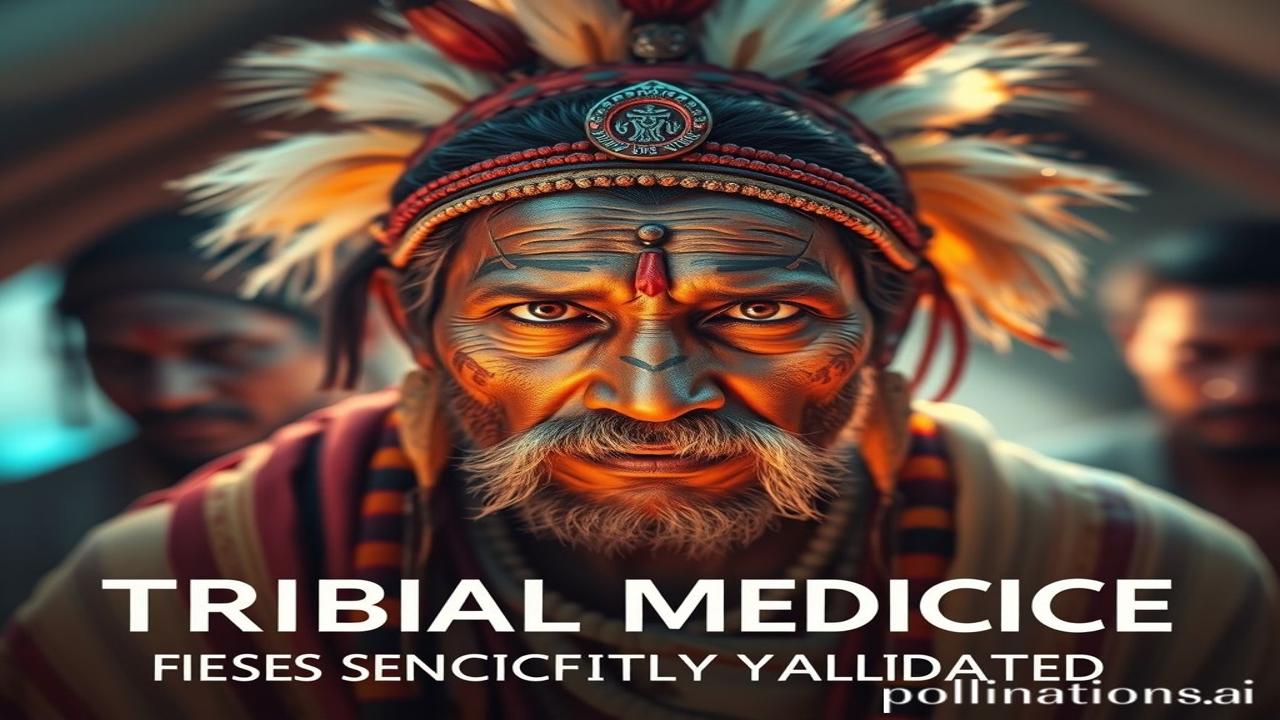Jungle Ki Jaan: Tribal Medicine, From Ancient Wisdom to Modern Science
Kabhi socha hai, jungle ki gehri chaon mein, kitni kahaniyan aur kitni dawaian chupi hui hain? Hum doctors aur pharmacies ki taraf bhaagte hain, lekin hamare desh ke adivasi samuday aaj bhi prakriti ki god mein, apne purvajo ke diye hue gyan se ilaj karte hain. Waqt ki dhool mein, yeh ancient wisdom kaafi had tak chhup gayi hai, lekin ab, science ki roshni mein, yeh dheere-dheere samne aa rahi hai. Let’s explore this fascinating world!
What is Tribal Medicine? Ek Jhalak Itihaas Mein
Tribal medicine, seedhe shabdo mein, aadiwasi samudayo dwara istemal ki jane wali ilaj ki ek pranali hai. Yeh pranali generation se generation, zubaani roop se aage badhti hai. It’s not just about using plants; it’s a holistic approach that considers the patient’s mind, body, and spirit, along with their environment.
Yeh practices India mein millennia se chali aa rahi hain. Remember the Indus Valley Civilization? Archeological evidence suggest ki uss waqt bhi medicinal plants ka use hota tha. Fir, Vedic era mein, Ayurveda ka rise hua, which also draws heavily from tribal knowledge. Although written down, much of the deeper understanding remained within tribal communities, carefully guarded and passed down through shamans (jhankri), medicine men (vaid), and healers. Think of it as a parallel, yet interconnected, system of healing existing alongside the more formalized Ayurvedic practices.
Jameeni Sach: Logo aur Jeevan
Imagine a small tribal village nestled deep within the dense forests of Chhattisgarh. Ma Janki, the village healer, rises before dawn. She knows which roots to dig, which leaves to pluck, and which barks to scrape. Her knowledge isn’t just information; it’s a part of her being, a connection to the earth that her ancestors nurtured.
“Beta, bukhar hai toh neem ki pattiyaan ubaal ke piyo. Aur agar dard hai toh haldi aur adrak ka lep lagao,” she tells a young boy shivering with fever. She also knows the sacred chants, the appropriate rituals to perform, adding a spiritual dimension to the healing process. Ma Janki’s world is one where illness isn’t just a physical ailment; it’s a disruption of harmony with nature and the spirit world.
Imagine also a Santhal tribal community in Jharkhand. They use unique fermented rice concoctions to boost immunity, a practice passed down through generations. Each community has its unique herbal remedies, knowledge of local biodiversity, and ways to create medicine, a testament to their intimate understanding of nature.
Dharohar aur Pehchaan: Cultural Significance Today
Today, as modern medicine grapples with antibiotic resistance and the search for new drugs, tribal medicine is gaining renewed interest. Scientists are venturing into tribal areas, working with communities to document and validate their traditional knowledge.
Think about it: Many modern medicines, like quinine (anti-malarial) and aspirin (derived from willow bark), have their roots in traditional remedies. The search for the next wonder drug might very well lie hidden within the forests, protected by the very people who have lived in harmony with nature for centuries.
This is not just about discovering new drugs; it’s about preserving a rich cultural heritage. It’s about recognizing the value of indigenous knowledge and empowering tribal communities. This ancient knowledge is an integral part of Bharatiyata, reminding us of our deep connection to nature and the wisdom passed down through generations.
Mazedaar Tathya ya Bhram-Bhanjak:
Log aksar samajhte hain ki tribal medicine “primitive” aur “superstitious” hai. Lekin asli sach yeh hai ki yeh ek complex aur sophisticated system hai, based on centuries of observation and experimentation. Tribal healers are not just reciting rituals; they are applying their deep understanding of the properties of plants and their effects on the human body.
For example, the use of Terminalia arjuna bark for heart ailments, a practice long prevalent in tribal medicine, is now being supported by scientific studies that confirm its cardioprotective properties. Many more such traditional practices need to be studied and validated, bridging the gap between ancient wisdom and modern science.
Drishya aur Bhavnayein:
Imagine the smell of burning herbs filling the air during a healing ceremony. Picture the intricate patterns painted on the bodies of dancers performing a ritual to appease the spirits. Feel the rough texture of the earth beneath your feet as you walk through the forest, searching for medicinal plants. Hear the rhythmic drumming and chanting that echoes through the valleys, a language understood by the soul. This is the world of tribal medicine, a world steeped in sensory experiences and deep spiritual connection.
Antim Vichar ya Uddharan:
As we delve deeper into the world of tribal medicine, we realize that it’s not just about treating illnesses; it’s about healing the relationship between humanity and nature.
“Vasudhaiva Kutumbakam” – The world is one family. The wisdom of tribal communities reminds us that we are all interconnected, and that our health is intimately tied to the health of the planet. Let’s honor and preserve this invaluable heritage, ensuring that the jungle ki jaan continues to thrive for generations to come.
